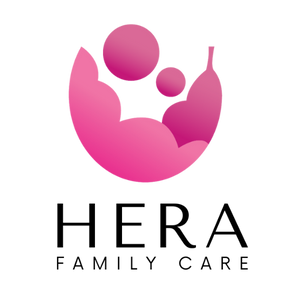
5 Steps to Financially Prepare for Parenthood by Aunjane Johnson
Here are some helpful tips on preparing for a baby

Something that can be very common after your baby is born is newborn jaundice. You may have heard various stories about this over the years and it can be something that really causes unnecessary (usually) stress and anxiety to new and expectant parents. Let’s break it down a bit.
Newborn jaundice, also known as neonatal jaundice, is a common condition that occurs in many newborn babies. It is characterised by the yellowing of the skin and whites of the eyes, and occurs when there is a buildup of bilirubin in the baby’s blood.
Bilirubin is a yellow pigment that is formed when red blood cells are broken down. In healthy babies, the liver is able to process and remove bilirubin from the body. However, in some newborns, the liver may not be fully developed or functioning properly, leading to a buildup of bilirubin in the blood.
Most cases of newborn jaundice are mild and resolve on their own within a few weeks. However, in some cases, high levels of bilirubin can be dangerous and require treatment.
Treatment for newborn jaundice typically involves phototherapy, in which the baby is exposed to special lights that help break down the bilirubin. In severe cases, other treatments such as exchange transfusion may be necessary.
It is important to monitor newborns for signs of jaundice, particularly in the first few days of life. If you notice yellowing of the skin or whites of the eyes in your newborn, or if your baby seems lethargic or uninterested in feeding, you should contact your healthcare provider right away.
Things you can do to prevent and combat jaundice are fairly simple. Firstly, feed feed feed! That black sticky poo the baby has just after they are born is great at mopping up all that bilirubin and expelling it from the body. This is why it is important for that first poo to pass through and reduce the amount of free bilirubin in your baby.
Aside from feeding, having your baby in a room with natural light, but not directly on them of course, can help to a small extent. It also makes it much easier to look at your baby’s skin properly as artificial light can also give them a little yellow tinge.
If you are worried your baby may have jaundice there are a few methods healthcare professionals can use to diagnose it. They can either use a non-invasive bilirubinometer which can be used in a community setting if available or a blood test. The blood test tends to be more accurate and is widely used in hospitals in Europe.
Let us know if you have any further questions about jaundice. At Hera Family Care we are happy to help!

Here are some helpful tips on preparing for a baby

Menopause is a natural biological process that marks the completion
Stay in touch with us for more articles and publications.
© All rights reserved by Hera Family Care. Designed and Developed by Cybeem Technologies
